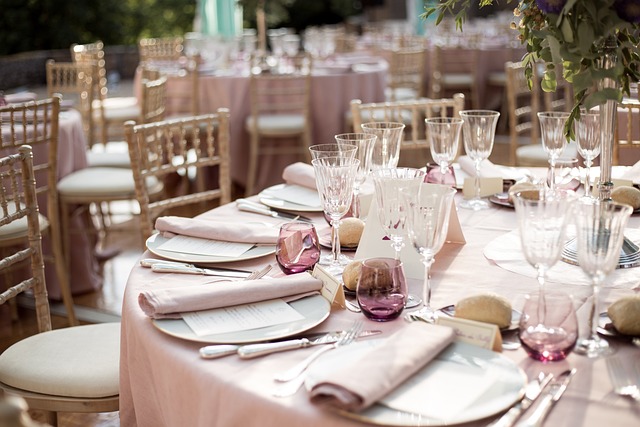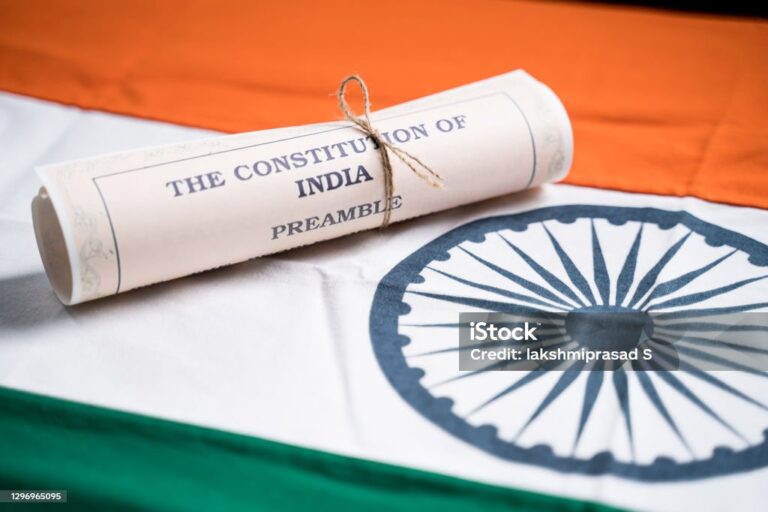Uncovering Big-Fat Weddings
The sheer effulgence of big-fat weddings, like the spectacular $600 million celebration of Radhika and Anant Ambani or Vanisha Mittal and Amit Bhatia’s $55 million affair, has captivated the public with their grandeur and extravagance. Similarly, the lavish wedding of Sheikh Mohamed bin Zayed Al Nahyan and Sheikha Salama bint Hamdan Al Nahyan’s $137 million pomped up wedding charms, along with Prince Harry and Meghan Markle’s $45.8 million royal event, reflects a growing trend where opulence knows no bounds. These grand spectacles are crafted to make a special day truly unforgettable, drawing both national and international attention as they showcase their wealth and splendor.
As these weddings unfold over several days, featuring a series of elaborate events, they fully immerse the entire family in the festivities, with everyone deeply engaged in overseeing preparations that span vast scales. The enthusiasm of family members remains palpable, as their desire to be involved in every aspect of planning and management remains unwavering, even amidst the presence of well-funded teams.
Yet, one might wonder:
Are these grand, extended celebrations truly necessary to encapsulate the love a family seeks to share, fulfill the dreams the bride and groom hold dear, or strengthen the bonds that a wedding aims to solidify?
To view this more meticulously, ride through the steps broken for a richer clarity:
The sheer effulgence of big-fat weddings, like the spectacular $600 million celebration of Radhika and Anant Ambani or Vanisha Mittal and Amit Bhatia’s $55 million affair, has captivated the public with their grandeur and extravagance. Similarly, the lavish wedding of Sheikh Mohamed bin Zayed Al Nahyan and Sheikha Salama bint Hamdan Al Nahyan’s $137 million pomped up wedding charms, along with Prince Harry and Meghan Markle’s $45.8 million royal event, reflects a growing trend where opulence knows no bounds. These grand spectacles are crafted to make a special day truly unforgettable, drawing both national and international attention as they showcase their wealth and splendor.
As these weddings unfold over several days, featuring a series of elaborate events, they fully immerse the entire family in the festivities, with everyone deeply engaged in overseeing preparations that span vast scales. The enthusiasm of family members remains palpable, as their desire to be involved in every aspect of planning and management remains unwavering, even amidst the presence of well-funded teams.
Yet, one might wonder:
Are these grand, extended celebrations truly necessary to encapsulate the love a family seeks to share, fulfill the dreams the bride and groom hold dear, or strengthen the bonds that a wedding aims to solidify?
To view this more meticulously, ride through the steps broken for a richer clarity:
Marriage vs. Wedding-
A wedding is a narrower term, representing a one-day celebration filled with pomp and grandeur, marking the start of a couple’s life together. It is a single event, often characterized by rituals, traditions, and a gathering of friends and family to celebrate the union. However, the significance of a wedding is limited to that day, a fleeting moment that is more about the ceremony than the life that follows.
Marriage, on the other hand, is a broader and deeper concept. It goes beyond the festivities of a single day, involving a unified path on which two people decide to journey together. Marriage isn’t just about the couple, it’s about blending two lives, families, and traditions. It requires understanding, patience, and a willingness to grow alongside each other. It’s about creating a shared life filled with love, understanding, and a common purpose, and building a partnership based on trust and mutual respect.
It proclaims a continuous journey of togetherness and support, where two souls weather the storms and celebrate the sunshine hand in hand, far beyond the glamour of a single day.
What Fuels the Obsession with Grand Weddings?
You’ll be awestruck to know that 56% of newlyweds are sinking into debt because of unnecessary wedding expenses. The alarming truth is that social pressures are pushing people into financial ruin, all for the sake of short-lived appearances at extravagant weddings.
Empirical data shows that 75% of brides are stressed about blowing their budgets, turning what should be their special day into an event more about pleasing others than themselves.
Extravagant weddings often lead to severe environmental impacts due to food wastage and plastic use. The diverse array of dishes displayed, often for show rather than consumption, contributes to the problem. An average Indian wedding generates 200-300 kg of food waste, representing about 20% of the total food served. This amounts to a staggering USD 14 billion worth of meals discarded. The excess food contributes to greenhouse gas emissions in landfills, while plastic waste exacerbates pollution. These issues highlight the need for more sustainable practices in event planning to reduce waste and environmental harm.
Let’s take a moment to understand the individual patterns that drive this obsession with grand celebrations.
1. Emotional Stress Defining Respect and Status: Families often feel emotionally swayed by the expectations of relatives and friends, attaching their sense of respect to how well they can meet these demands. They are also burdened by certain man-made rituals that consume excessive time and money, adding to the pressure on the family.
2. Competitive Spirit: The drive to outshine others often leads families into a relentless cycle of one-upmanship, where weddings become less about celebrating love and more about showcasing wealth. This unhealthy competition stems from societal pressure to put on a grand spectacle that surpasses what others have done. The desire to host the most lavish event, complete with extravagant venues, designer outfits, and opulent décor, pushes families to spend far beyond their means.
3. The ‘One-Time Show’ Mindset: The belief that “a wedding is a one-time show” pushes families to use this event as a display of wealth, even if it means draining resources they can’t afford to lose. This mindset opens the door to a culture of unnecessary extravagance, leaving those with limited means struggling to keep up.
In the chaos of this temporary exhibition of wealth—meticulously planned and executed over months many find themselves burdened with emotional stress. This pressure is often magnified by the perceived need to impress their child’s in-laws, particularly the bride’s family, who are expected to shower gifts and grants in one overwhelming gesture. This approach is not only unwise but also unsustainable.
In this race to impress, the true essence of the wedding—celebrating the union of two people gets lost.
People Who Have Reversed This Trend-
In an era where grandeur often overshadows simplicity, some renowned personalities choose to defy this trend by embracing understated elegance over extravagant displays. This approach highlights the value of personal significance over public spectacle.
Take, for instance, the wedding of Mark Zuckerberg and Priscilla Chan. Their choice to host a low-key ceremony in their own backyard was a deliberate move away from the lavish celebrations that typically accompany high-profile unions. By opting for a simple, intimate setting, Zuckerberg and Chan demonstrated that personal meaning and genuine connection can outweigh the allure of a grand, media-centric event. Their wedding reflected their values and priorities, emphasizing the importance of their bond over societal expectations.
Similarly, Dia Mirza, a celebrated Bollywood actress, showcased her commitment to simplicity through her eco-friendly wedding. Mirza’s approach was a departure from the opulent affairs often seen in the industry. Her choice to focus on sustainability rather than extravagance underscored a growing trend towards environmentally conscious celebrations. By integrating eco-friendly practices into her wedding, Mirza not only honored her personal values but also set a precedent for a more mindful approach to celebrating special occasions.
In September 2021, actress Yami Gautam and filmmaker Aditya Dhar had a beautifully simple wedding in Mandi, Himachal Pradesh. Instead of opting for elaborate outfits, Yami chose to wear her mother’s saree and her grandmother’s veil, which added a personal touch to the occasion. She shared on Instagram, “Being very private people, we celebrated this joyous occasion with our immediate family,” highlighting their preference for a cozy, intimate celebration over a grand public event.
These examples illustrate that it is indeed possible to celebrate love and union in a manner that prioritizes personal significance over societal pressures. They serve as a reminder that the essence of such moments lies in the depth of the relationship and the values held by the individuals, rather than the scale of the event.







